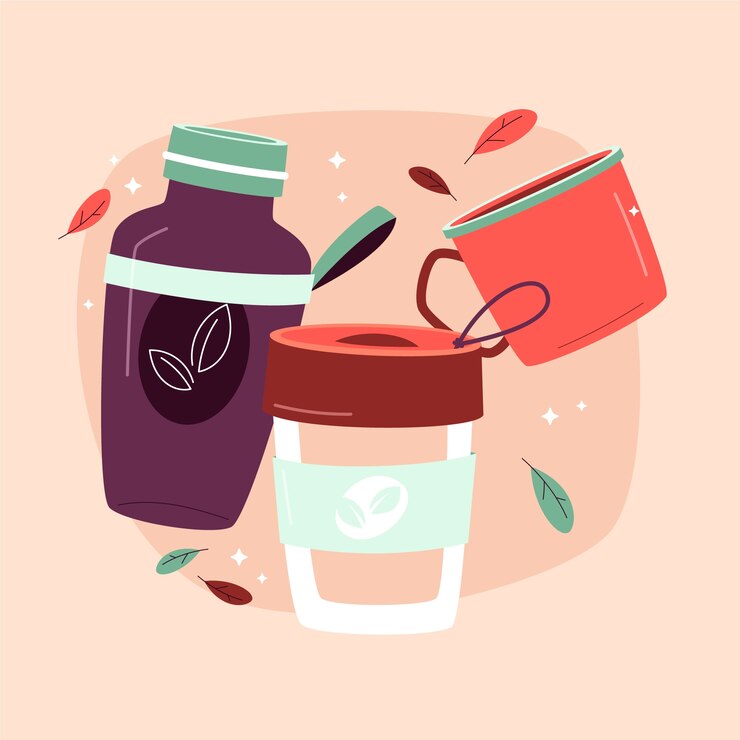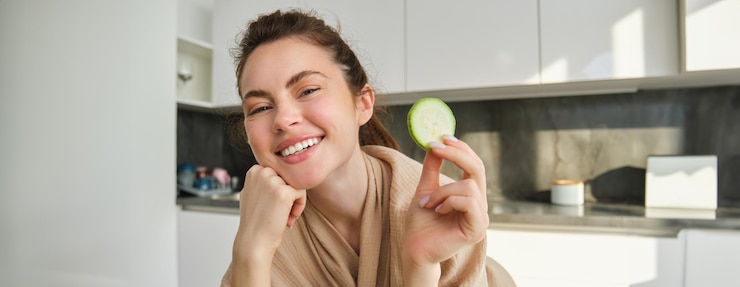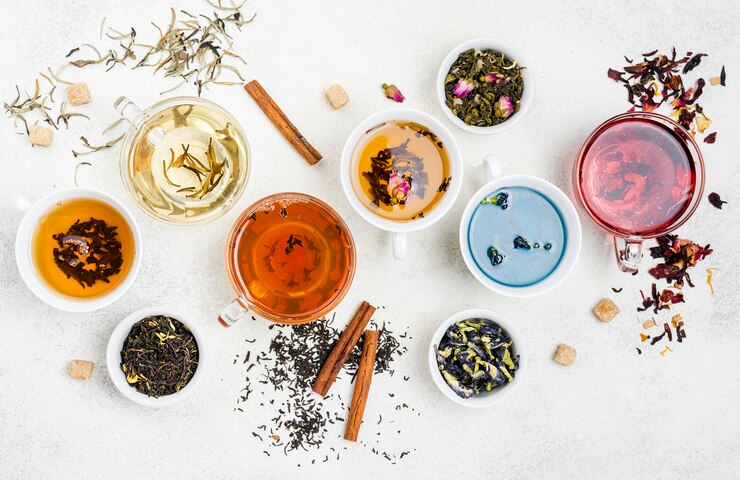
I’ve been a tea drinker for as long as I can remember. I started sipping green tea in my teens, drawn by its energizing buzz and the skin-friendly antioxidants. Back then, I didn’t pay much attention to what was on the packaging or what might be lurking in my cup that wasn’t listed.
Then a tea shop opened in my neighborhood with intriguing flavors and unique blends. I thought I’d struck gold but soon realized that these flavors were far from natural. They were loaded with chemicals, designed to taste like bubblegum or cotton candy, without a thought for health.
As a nutritionist and mom to a tea-loving 4-year-old (the apple doesn’t fall far from the tree), I’m incredibly aware of the microplastics and artificial dyes that can be hidden in tea. If you’re not reading labels carefully and buying from reputable brands, you might not know what’s really in your cup. Even worse, some ingredients aren’t even listed—frustrating!
I find the idea of ingesting tiny plastic particles, which can penetrate our cells, unsettling. No antioxidant benefits are worth the potential DNA changes and hormonal disruptions from these ingredients.
Canadians drink close to 10 billion cups of tea a year. If you’re curious about what’s in your tea, keep reading…
### 7 Ingredients to Avoid in Your Tea
1. **Artificial Flavors and Colors**
When you see “artificial flavor” or even “natural flavor” listed, there’s no way to know what’s truly in the mix. These can contain over 100 different chemicals, from solvents to preservatives. It comes down to whether you trust the brand. Some brands, like Love Child Organics or Genuine Health, use natural flavoring and avoid the artificial stuff. It’s reassuring to know they have policies against harmful substances.
2. **Food Coloring**
Food dyes are often petrochemical-based—a by-product of oil refining—and not what anyone wants in their body. While the EU bans many additives linked to cancer, these additives are still allowed in Canada and the U.S. Red 40, Yellow 5, and Yellow 6 are common culprits found in foods, and they’ve been linked to hyperactivity in kids.
3. **Sweeteners: Artificial and Natural**
A bit of honey or maple syrup in my tea is lovely, but artificial sweeteners like aspartame? No, thank you! I choose tea brands that skip the added sugars. Artificial sweeteners have a controversial reputation, while refined sugars aren’t much better, being linked to weight gain and reduced immunity.
4. **Microplastics**
Microplastics are a hidden problem in the tea industry. If your tea bag is made of plastic, you could be swallowing billions of plastic particles. Studies have shown that premium teas in large, silk-like bags release significant amounts of microplastics. The solution? Go for brands that use paper tea bags or buy loose-leaf tea.
5. **Bleach & Epichlorohydrin**
Chlorine-bleached tea bags can contain dioxins and epichlorohydrin, a probable carcinogen. I recommend non-bleached, epichlorohydrin-free bags to keep your tea safe.
6. **Pesticides**
Pesticide residues are another concern, especially in non-organic teas. Tests have found multiple residues in popular brands, some exceeding legal limits. It’s best to choose teas with organic ingredients to avoid these harmful chemicals.
7. **Misc. Food Additives**
Sodium hexametaphosphate, for example, is used to thicken and emulsify but adds to the toxic load from various food sources. Stick to tea brands with recognizable ingredients.
### Conclusion
I hope you found this information helpful in choosing better teas. If a brand’s transparency is lacking, don’t hesitate to contact them directly for clarification.
For those seeking recommendations, I trust and enjoy teas from brands like The Honest Leaf and Sloane Teas. It’s good to know there are safe options out there. If you’re searching for greener tea habits, opt for organic and be mindful of packaging.
Thank you for reading and here’s to drinking tea that’s as healthy as it is delicious!


